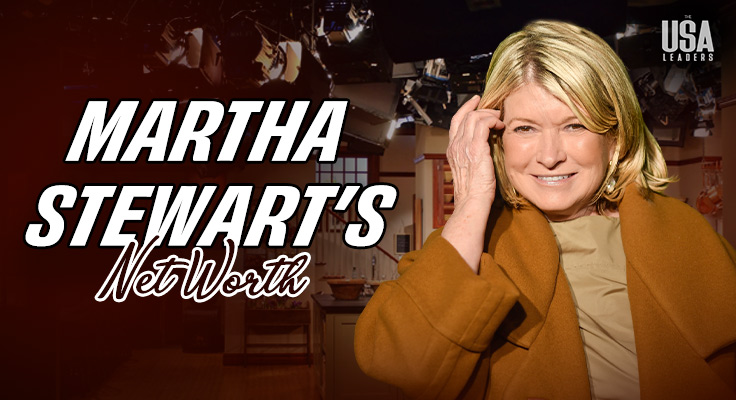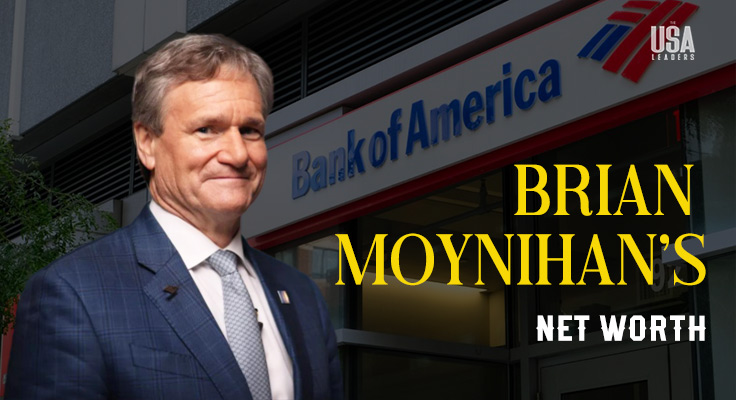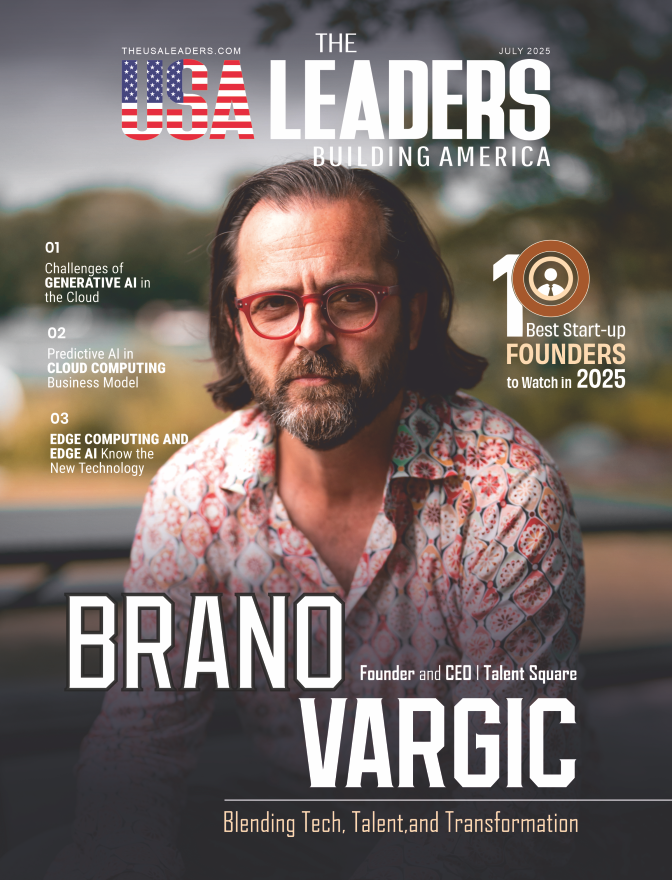The Decision-Making Theater
Every stakeholder meeting is essentially a performance. You walk into the room armed with data, analysis, and perfectly logical arguments. Yet somehow, the most compelling presentations aren’t the ones with the most facts – they’re the ones that make people feel something.
Here’s the uncomfortable truth about decision-making: it’s not nearly as rational as we pretend. Even the most analytical stakeholders are influenced more by what they can see, touch, and emotionally connect with than by what they can calculate.
The Visual Advantage
Raw data can be overwhelming, so transforming it into easily digestible visualizations can enhance its impact. But creative visuals go beyond simple charts and graphs – they create shared experiences that align stakeholder thinking in ways words never could.
When Milton Glaser said “There are three responses to a piece of design – yes, no, and WOW! Wow is the one to aim for,” he wasn’t just talking about aesthetics. He was describing the psychological moment when cognitive resistance melts away and stakeholders move from skeptical to supportive.
Visual presentations don’t just communicate ideas – they build consensus by creating common reference points that everyone in the room can literally point to and discuss.
The Psychology of Influence
Consider how stakeholders actually process information during presentations. They’re simultaneously evaluating content, assessing risk, considering politics, and making mental notes about their own positions.
Creative visuals interrupt this multi-layered thinking by providing clarity. Instead of forcing stakeholders to construct mental models of your proposal, you show them exactly what you mean. This cognitive relief often translates directly into approval.
Steve Jobs understood this perfectly when he noted that “Design is not just what it looks like and feels like. Design is how it works.” In stakeholder presentations, creative visuals don’t just look good – they work by reducing the mental effort required to understand complex concepts.
Beyond Pretty Pictures
The most effective creative visuals serve strategic purposes beyond aesthetics. They help stakeholders visualize themselves in successful scenarios, identify with user experiences, and see practical implementation paths.
Expert insights become particularly powerful when they transform abstract business concepts into concrete visual stories. Instead of discussing “improved user engagement,” you show stakeholders the actual user journey with clear pain points and solutions highlighted visually.
This shift from description to demonstration is crucial. Stakeholders don’t just understand your proposal – they experience it.
Data That Persuades
Here’s where creative visuals separate themselves from standard presentations: they make data emotionally accessible. Charts become stories. Statistics become human experiences. Projections become vivid scenarios.
Jeffrey Zeldman wisely observed that “Content precedes design. Design in the absence of content is not design, it’s decoration.” The same principle applies to stakeholder presentations – creative visuals must serve the content, not overshadow it.
When stakeholders can see how data impacts real people, real processes, and real outcomes, their engagement transforms from analytical to emotional. And emotions drive decisions far more effectively than logic alone.
The Confidence Factor
Creative visuals do something subtle but powerful – they make presenters appear more confident and prepared. When you can show rather than tell, you demonstrate mastery of your subject matter.
This perceived competence translates into stakeholder trust. Frank Chimero captured this beautifully: “Good design is all about making other designers feel like idiots because that idea wasn’t theirs.” In stakeholder contexts, compelling visuals make your ideas feel inevitable rather than optional.
Stakeholders don’t just approve what makes sense – they approve what feels right. Creative visuals help bridge that gap between logical assessment and intuitive acceptance.
Common Mistakes That Kill Impact
Many presentations fail not because the visuals are ugly, but because they’re strategically wrong. Using complex diagrams for simple concepts, or oversimplifying nuanced situations, both lead to stakeholder confusion and resistance.
The solution lies in understanding your audience’s decision-making context:
- Risk-averse stakeholders need visuals that emphasize stability and proven approaches
- Innovation-focused stakeholders respond to visuals that highlight competitive advantages and future possibilities
- Financially-driven stakeholders want to see clear ROI pathways and resource allocation
- User-focused stakeholders need to see human impact and experience improvements
Tailoring your visual approach to stakeholder priorities dramatically improves approval rates.
The Technology Multiplier
Modern presentation tools have democratized sophisticated visualization, but technology alone doesn’t create influence. The real power lies in understanding that different stakeholder types process visual information differently.
Some stakeholders need to see detailed implementation steps, while others prefer high-level conceptual overviews. Some respond to data-heavy dashboards, while others prefer narrative-driven infographics.
The key is matching your visual strategy to your audience’s cognitive preferences and decision-making style.
Measuring Visual Impact
Successful creative visuals in stakeholder presentations create measurable outcomes: faster decision cycles, fewer revision requests, stronger buy-in, and more enthusiastic implementation support.
Charles Eames noted that “Design is a plan for arranging elements in such a way as best to accomplish a particular purpose.” In stakeholder contexts, that purpose is always influence and alignment.
When your visuals accomplish this purpose, you’ll notice stakeholders asking different types of questions – shifting from “Why should we do this?” to “How do we implement this successfully?”
The Long-Term Effect
Creative visuals don’t just influence immediate decisions – they shape how stakeholders think about future proposals. When you consistently present ideas in compelling visual formats, you build a reputation for clarity and strategic thinking.
Saul Bass understood this when he said “Design is thinking made visual.” Stakeholders begin to associate your presentations with clear, well-thought solutions rather than confusing proposals requiring extensive interpretation.
This reputation becomes a competitive advantage in organizational dynamics where attention and approval are finite resources.
Making It Strategic
The most successful professionals understand that creative visuals aren’t about making presentations prettier – they’re about making stakeholder decision-making easier, faster, and more confident.
When you remove cognitive friction from the approval process, you dramatically improve your success rate. When stakeholders can clearly see, understand, and emotionally connect with your proposals, their resistance dissolves naturally.
The question isn’t whether creative visuals influence stakeholder decisions – it’s whether you’re using that influence strategically to drive the outcomes your organization needs.
Also Read: How IT Consulting Powers Sustainable Business Growth





















